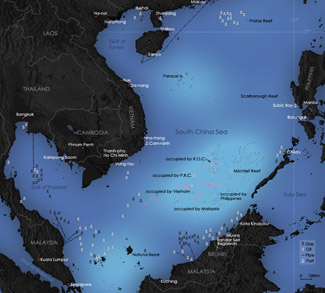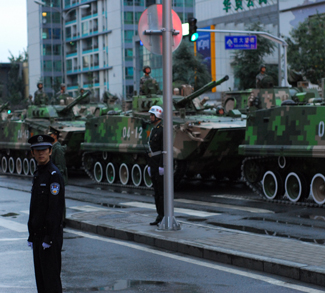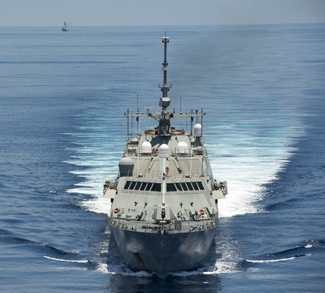Key Takeaways
- Approximately 80% of China’s oil imports traverse the chokepoint of the Malacca Strait, posing a strategic vulnerability in the event of a conflict with the US Navy.
- Beijing has been highly active in developing new land routes for its key supply lines, but many of these initiatives will take several years to be realized, if ever.
- So long as China sources its energy imports via maritime supply lines and a conflict with the US Navy remains possible, there will be a rationale for delaying a Taiwan invasion.
China’s “Malacca Dilemma” is an example of geopolitics in action, or how geography can exert a major influence on a state’s strategic decision-making. It refers to China’s heavy reliance on the Malacca Strait, a critical waterway connecting the Indian Ocean to the Pacific, through which many of the country’s critical supply chains traverse, including the energy imports that China’s economy runs on. The ‘dilemma’ stems from the threat posed by a hypothetical US or Indian naval blockade of the Strait, which would in turn disrupt China’s sea lines of communication (SLOC). Such a disruption would produce severe economic consequences for China, posing a significant logistical challenge in any hypothetical war over Taiwan.
The energy supply chains traversing the Malacca Strait are highly consequential. In 2019, China’s crude oil imports reached 10 million barrels per day, making it the world’s largest importer. Around 80 percent of this oil travels by tanker through the Malacca Strait, and this number is unlikely to drop given that China is expected to rely on foreign oil for as much as 80 percent of its needs by 2030. The Malacca Strait is a chokepoint that’s also highly significant for trade in general, with as much as 40 percent of global shipping traffic passing through its waters.




